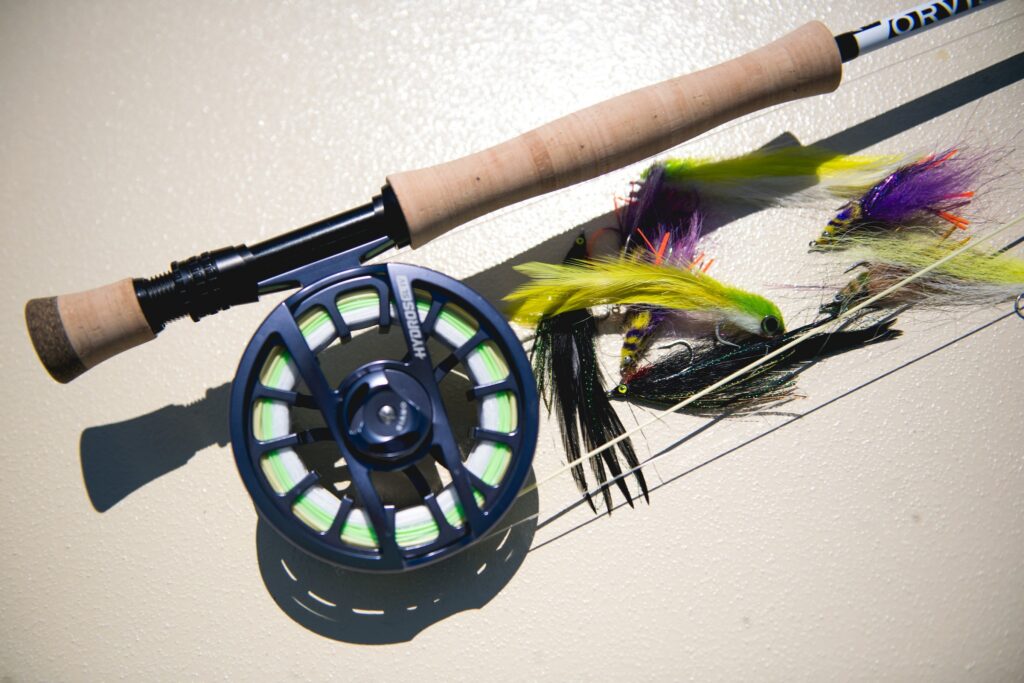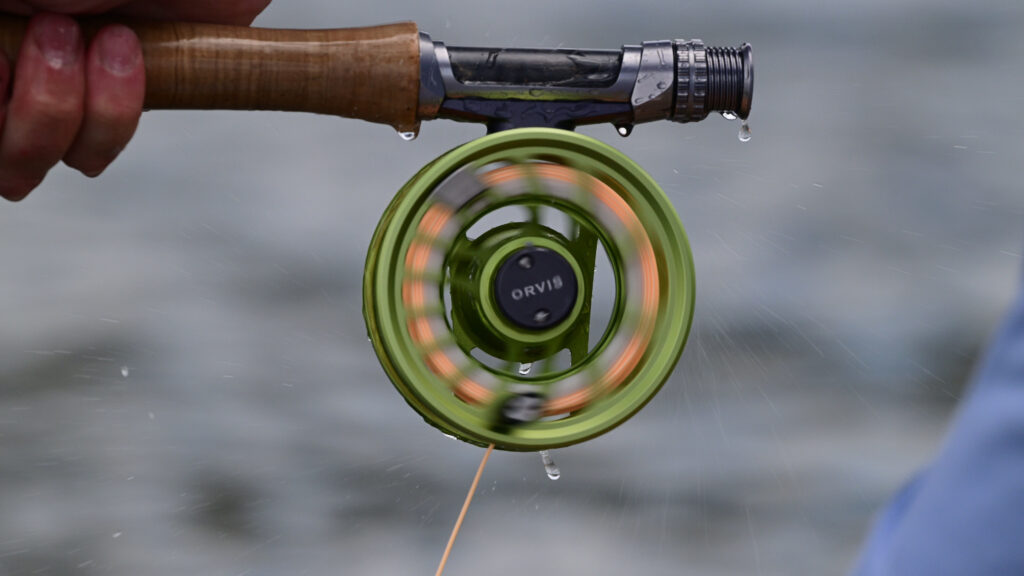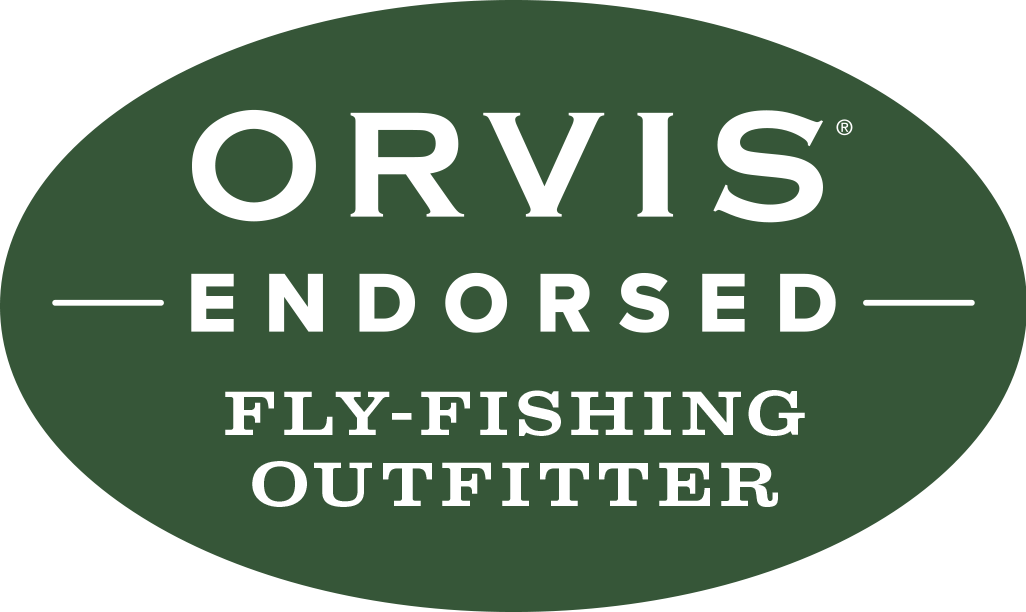Streamer fishing is a dynamic and exhilarating method of fly fishing for trout. Streamers can entices aggressive strikes from big predatory Brown and Rainbow trout. While traditional dry fly or nymph fishing focuses on imitating aquatic insects, streamer fishing mimics baitfish, leeches, and crayfish. One of the keys to success in streamer fishing is utilizing sinking fly lines to target fish in deeper water. In this post, we’ll delve into streamer fishing with sinking lines, offering insights to help you hook into larger trout.
Understanding Sinking Fly Lines and Tips:
Sinking fly lines are designed to pull your streamer patterns down into the water column, reaching depths that floating lines simply cannot achieve. These lines come in various sink rates, denoted by their IPS (inches per second) rating. Common sink rates include intermediate (1-2 IPS), type 3 (3-4 IPS), type 6 (6-7 IPS), and faster sinking lines for deeper waters. The Orvis Depth Charge and Bank Shot are a great lines with integrated sink tips for fishing streamers.

Choosing the Right Streamer Line and Sink Rate:
When streamer fishing with sinking fly lines, choosing the appropriate sink rate depends on a few key factors: water depth, current speed, and your casting angle. Additionally, understanding how these elements work together can make or break your presentation. In shallow streams or slow-moving rivers, an intermediate sink line or even a floating line often provides plenty of depth and control. However, in deeper runs with heavier, faster currents, stepping up to a more aggressive sinking line or tip becomes essential if you want your fly to get down quickly and stay in the strike zone.
Matching the Depth and Retrieval Speed:
Once you’ve determined the sink rate, then adjust your retrieval speed to keep your fly in the strike zone. This could be on the river bottom or throughout the water column. Experiment with various retrieval techniques, including steady retrieves, erratic strips, and pauses to mimic the movement of injured prey. Pay close attention to the depth at which you’re getting strikes or chases. This will guide your approach for the rest of the day, hunting the proper depth and structure.

Selecting the Right Streamers for Trout:
Streamer flies come in a number of shapes, sizes, and colors, each designed to imitate different types of forage fish. When choosing streamers for sinking line fishing, consider the following factors:
- Size: Match the size of your streamer to the prevalent forage in the waterbody. Larger articulated streamers are effective for targeting large trout, while smaller fly patterns may be more appropriate for finicky or less territorial trout .
- Weight: Opt for weighted eyes or lead wrapped streamers that can sink quickly when paired with sinking lines. Tungsten coneheads or sculpin helmets can add the necessary weight to achieve the desired depth and action.
- Action: Pay attention to the action of your streamer as it moves through the water. Some patterns have a more subtle, lifelike action, while others exhibit erratic darting movements. Experiment with different action profiles to determine what triggers strikes from your target species.
Streamer Fishing Techniques for Success:
Successful streamer fishing with sinking lines requires more than just casting and retrieving. Here are some additional techniques to enhance your chances of success:
- Depth Variation: Vary the depth at which you’re fishing by adjusting the length of your leader or incorporating weighted sinking tips. Fish often hold at different depths depending on environmental conditions and feeding preferences.
- Cover Water: Covering as much water as possible is crucial when streamer fishing. A strong Double haul will help with distance and wind. Fan cast or swing your streamer across the river, varying the angle and distance of your casts to explore different areas of the water column.
- Fish Structure: Remember “wood is good.” Target structure such as submerged logs or trees. Boulders, and undercut banks where predatory fish are likely to ambush prey. These areas provide shelter and concealment for both predators and their prey, making them prime locations for streamer fishing.

Conclusion:
Streamer fishing with sinking lines adds a thrilling dimension to fly fishing. Sinking lines allows anglers to target fish in deeper waters and trigger aggressive strikes. By understanding sink rates, fly selection, and retrieval techniques, you can increase your chances of hooking into trophy trout. So next time you hit the river, don’t hesitate to dive deep with your streamer fishing.


 So You Want to Be a Fly Fishing Guide
So You Want to Be a Fly Fishing Guide
Leave a Reply